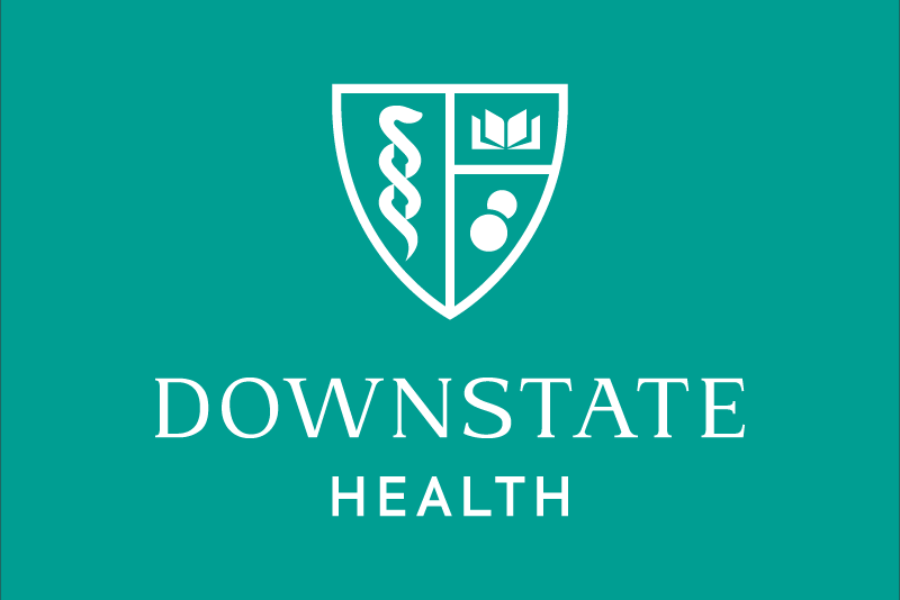
Frank C. Barone, PhD
Professor of Neurology, and of Physiology & Pharmacology
Director of Cerebrovascular Basic Research and Medical Student Research
Department of Neurology
Dr. Barone completed graduate school (PhD; 5 years) in Biopsychology-Neuroscience at Syracuse University and was on the faculty there for 4 years as Research Assistant Professor (1973-1982), working on brain connections, neuronal activity and transmitter molecues and behavior). In 1982 he began work as a Drug Discovery Investigator in Gastrointestinal (GI) Pharmacology at (then called) Smith, Kline and French labs in the Philadelphia area of Pennsylvania. Here he moved on to research in Cardiovascular Pharmacology (CV) and focused on CV disease, working on progressing end-organ protective compounds to drugs. His work included developing appropriate animal models of human disease in areas of cardiovascular function and metabolism.
Dr. Barone's primary work became cerebrovascular disease-stroke. He worked as Biology Leader closely with Medicinal Chemister Leaders on many programs/projects/biology disease targets. He left (now called) GlaxoSmithKline, plc (GSK) as Director, In Vivo Biology after collaborating with many GSK groups in the USA, Japan and the UK on a variety of biological targets in disease and developing and using many disease models in drug discovery and repurposing. Thus, after 25 years at GSK, he served as a consultant to other pharmaceutical companies, especially Wyeth-Pfizer Pharmaceuticals.
In 2008, Dr Barone was recruited to SUNY Downstate Medical Center and has worked in his current positions of Professor and Director. His research is focused on cerebrovascular and neurodegenerative disease mechanism and treatments for dementia. In addition to facilitating medical student involvement in scholarly research exposure and training, he has most recently been working in clinical-translational-basic medical science to understand mixed dementia (Alzheimer Disease and related dementias; ADRD) and circulating plasma, cells and extracellular vessicles-exosomes and their cargo, as markers of brain cell and molecular changes in stroke, neurodegeneration and dementia. Thus, his most recent scientific interests at Downstate Health Sciences University are primarily in the disease biology and mechanism-based brain and circulating biomarker changes that can be used for diagnosis, prognosis and monitoring the long-term deficits and recovery of lost cognitive functioning, and to apply these to human medicine.
He is the Founder and President of the Albert Research Institute for White Matter and Cognition, a dementia network facilitating regular scientific communication, collaboration and investigator growth.
Education
- Undergraduate: Syracuse University
- Advanced Degree: Syracuse University
Research Interests
- Cerebrovascular Disease
- Neurodegenerative diseases
- Vascular contributions to dementia
- Alzheimer’s disease and related dementias
- Biomarkers
- Extracellular vessicles-Exosomes
- Legos JJ, Lenhard SC, Haimbach RE, Schaeffer TR, Bentley RG, McVey MJ, Chandra S, Irving EA, Andrew A Parsons, Barone FC. SB 234551 selective ET(A) receptor antagonism: perfusion/diffusion MRI used to define treatable stroke model, time to treatment and mechanism of protection. Exp Neurol. 2008 Jul;212(1):53-62.
- Lenhard SC, Strittmatter R, Price WJ, Chandra S, White RF, Barone FC. Brain MRI and neurological deficit measurements in focal stroke: rapid throughput validated with isradipine. Pharmacology. 2008;81(1):1-10.
- Barone FC, Endogenous brain protection: models, gene expression, and mechanisms. Methods Mol Med. 2005;104:105-84.
- Maguire S, Strittmatter R, Chandra S, Barone FC. Stroke-prone rats exhibit prolonged behavioral deficits without increased brain injury: an indication of disrupted post-stroke brain recovery of function. Neurosci Lett. 2004 Jan 16;354(3):229-33.
- Legos JJ, Barone FC. Update on pharmacological strategies for stroke: prevention, acute intervention and regeneration. Curr Opin Investig Drugs. 2003 Jul;4(7):847-58.
- McLaughlin B, Hartnett KA, Erhardt JA, Legos JJ, White RF, Barone FC, Aizenman E. Caspase 3 activation is essential for neuroprotection in preconditioning. Proc Natl Acad Sci U S A. 2003 Jan 21;100(2):715-20.
- Toomey JR, Valocik RE, Koster PF, Gabriel MA, McVey M, Hart TK, Ohlstein EH, Parsons AA, Barone FC. Inhibition of factor IX(a) is protective in a rat model of thromboembolic stroke. Stroke. 2002 Feb;33(2):578-85.
- Read SJ, Parsons AA, Harrison DC, Philpott K, Kabnick K, O' Brien S, Clark S, Brawner M, Bates S, Gloger I, Legos JJ, Barone FC. Stroke genomics: approaches to identify, validate, and understand ischemic stroke gene expression. J Cereb Blood Flow Metab. 2001 Jul;21(7):755-78.
- Barone FC, Irving EA, Ray AM, Lee JC, Kassis S, Kumar S, Badger AM, Legos JJ, Erhardt JA, Ohlstein EH, Hunter AJ, Harrison DC, Philpott K, Smith BR, Adams JL, Parsons AA. Inhibition of p38 mitogen-activated protein kinase provides neuroprotection in cerebral focal ischemia. Med Res Rev. 2001 Mar;21(2):129-45.
- Barone FC, Ohlstein EH, Hunter AJ, Campbell CA, Hadingham SH, Parsons AA, Yang Y, Shohami E. Selective antagonism of endothelin-A-receptors improves outcome in both head trauma and focal stroke in rat. J Cardiovasc Pharmacol. 2000 Nov;36(5 Suppl 1):S357-61.
- Currie RW, Ellison JA, White RF, Feuerstein GZ, Wang X, Barone FC. Benign focal ischemic preconditioning induces neuronal Hsp70 and prolonged astrogliosis with expression of Hsp27. Brain Res. 2000 Apr 28;863(1-2):169-81.
- Barone FC, Feuerstein GZ. Inflammatory mediators and stroke: new opportunities for novel therapeutics. J Cereb Blood Flow Metab. 1999 Aug;19(8):819-34.
- Velier JJ, Ellison JA, Kikly KK, Spera PA, Barone FC, Feuerstein GZ. Caspase-8 and caspase-3 are expressed by different populations of cortical neurons undergoing delayed cell death after focal stroke in the rat. J Neurosci. 1999 Jul 15;19(14):5932-41.
- Barone FC, White RF, Spera PA, Ellison J, Currie RW, Wang X, Feuerstein GZ. Ischemic preconditioning and brain tolerance: temporal histological and functional outcomes, protein synthesis requirement, and interleukin-1 receptor antagonist and early gene expression. Stroke. 1998 Sep;29(9):1937-50; discussion 1950-1.
- Feuerstein GZ, Wang X, Barone FC. The role of cytokines in the neuropathology of stroke and neurotrauma. Neuroimmunomodulation. 1998 May-Aug;5(3-4):143-59.
- Romanic AM, White RF, Arleth AJ, Ohlstein EH, Barone FC. Matrix metalloproteinase expression increases after cerebral focal ischemia in rats: inhibition of matrix metalloproteinase-9 reduces infarct size. Stroke. 1998 May;29(5):1020-30.
- Barone FC, Arvin B, White RF, Miller A, Webb CL, Willette RN, Lysko PG, Feuerstein GZ. Tumor necrosis factor-alpha. A mediator of focal ischemic brain injury. Stroke. 1997 Jun;28(6):1233-44.
- Barone FC, Feuerstein GZ, White RF. Brain cooling during transient focal ischemia provides complete neuroprotection. Neurosci Biobehav Rev. 1997 Jan;21(1):31-44.
